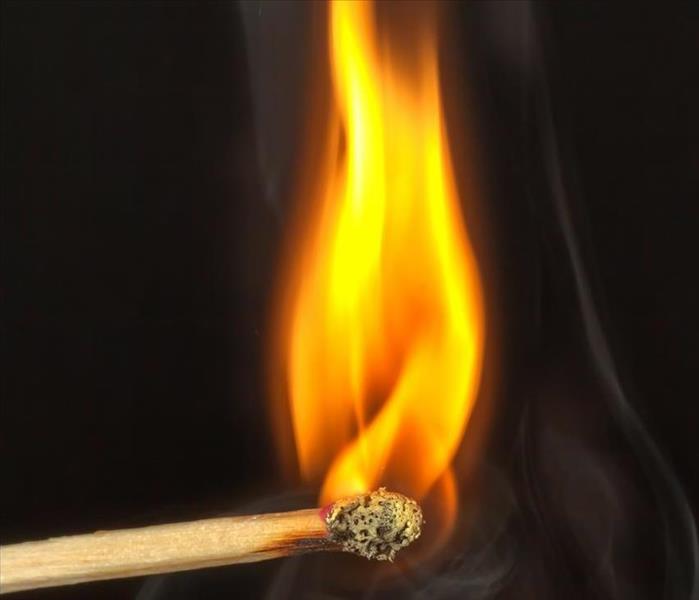The Chemistry Behind Fire
4/29/2020 (Permalink)
In order to understand SERVPRO’s fire damage restoration services, we should understand the process of fire itself. Fire occurring is due to the oxidation of something during the exothermic chemical process. Essentially, that means that when oxygen fuels, combustion, heat, and light are produced, which is what you see and feel as a result. While most of us aren’t chemists and haven’t been in a chemistry class in years, we can recall some knowledge of elements and compounds to understand fire better. The flame itself occurs during the ignition point, which is a part of the combustion reaction. The flame, however, is only the visible part of the fire itself. The flames are a combination of not only oxygen but also nitrogen, carbon dioxide, and water vapor. A variety of temperatures and colors of the flames are produced depending on the circumstances. Different materials can burn hotter, and some can create flames that may be blue in color.
Fire damage is a hazard to life, once the reaction creates spreadable flames. Of course, we understand that it burns and spreads. However, there are other dangerous aspects of fire itself. For one, it can create pollution because certain things, when burned, can put chemicals into the air. Plastic, for example, isn’t something that can be burned safely. Forest fires can threaten the nutrition in the soil, which can prevent a forest from growing back easily. Fires cause permanent damage.
Though fires are helpful, used to benefit the growth of society since the beginning of time, there are a lot of boundaries between it being helpful and destructive. For light and warmth, we use it in many ways, but the moment we lose control of it, it threatens the well-being of our homes and belongings and lives.
Fire damage is important to take seriously since the lingering effects of fire can harm our bodies, homes, and material possessions. In case of fire damage, immediately contact a restoration company such as SERVPRO of South Cobb at (770) 739-2355 to limit damaging after-effects of the chemical process that we just learned about. Our IICRC trained professionals are ready to restore your property “Like it never even happened.”

 24/7 Emergency Service
24/7 Emergency Service
